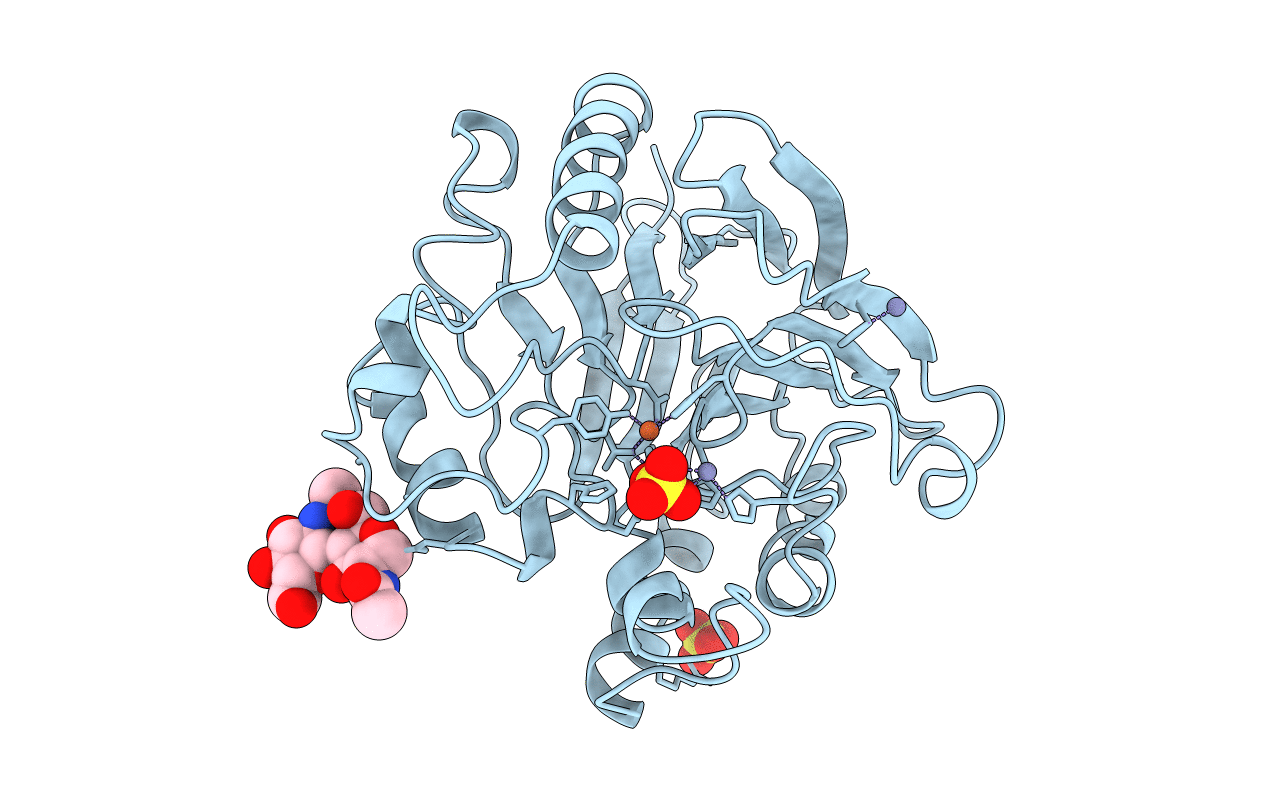
Deposition Date
1999-03-26
Release Date
1999-09-15
Last Version Date
2024-11-13
Method Details:
Experimental Method:
Resolution:
2.20 Å
R-Value Free:
0.26
R-Value Work:
0.21
R-Value Observed:
0.21
Space Group:
P 21 21 21


